Mexico City is sinking. Guangzhou’s coastline is vanishing. Mumbai’s streets are flooded for weeks at a time.
Climate change threatens to make cities all around the world uninhabitable, prompting a level of climate action unparalleled at state and national levels.
As federal governments quibble over the big picture details of the Paris climate agreement — aspirational carbon reduction targets, climate adaptation funds, renewable energy investments — city leaders are making change happen on the ground.
This is especially true in the US, where the Trump administration plans to withdraw from the Paris agreement and has begun reversing national efforts at climate action.
“I think cities have recognized that there are no Democratic and Republican way of collecting the garbage,” Adam Freed, principal of sustainability at Bloomberg Associates, a consulting firm committed to improving quality of life in cities, told Global Citizen.
“That’s a lesson that’s being replicated globally. Cities and mayors are the great pragmatists,” he added. “They’re using each other not just as a support network but to accelerate pace of action.”
Here are eight concrete ways that cities are taking climate action.
Making buildings efficient

Buildings are the biggest sources of greenhouse gas emissions within cities because of the energy that’s required for electricity, heating, and water.
Infrastructure is also the area where city leaders have the most control. Throughout the world, cities are investing in efficiency measures to make building more sustainable.
For example, implementing smart heating and cooling systems can allow buildings to adapt the temperature depending on how many people are in the building and other variables, with the net effect of reducing energy consumption.
Read More: 9 Innovations That Show Clean Energy Can Look Good and Save the Environment, Too
Installing solar panels along a building’s exterior and investing in heat pumps are another way to reduce outside energy needs.
Further, easy fixes like improving window insulation and installing LED light bulbs can drastically cut down on energy consumption.
China is arguably the leader in building efficiency, with a national mandate to make 50% of all buildings green certified by 2030.
Going beyond cars
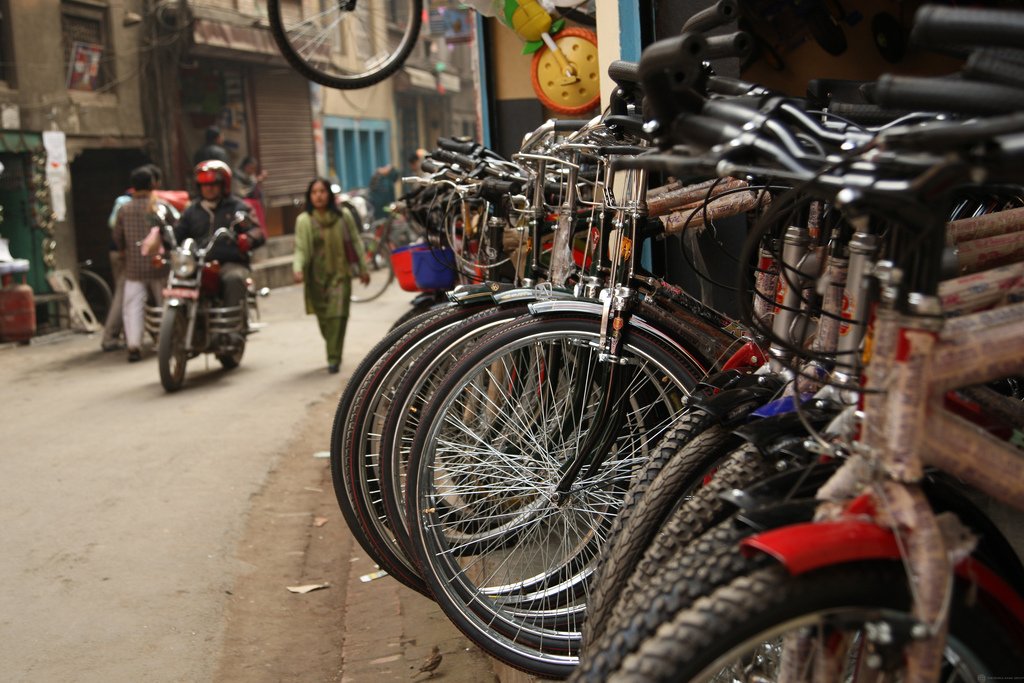
The transportation sector is one of the largest sources of greenhouse gas emissions in the world, and cars and trucks make up a large part of that total. Cities feel the effects of vehicle emissions more acutely than the rest of the world — all the fumes lead to air pollution that significantly reduces quality of life.
And so cities from Paris to New Delhi are gradually phasing out cars, calling for either electric vehicles, bikes, or better mass transit.
Read More: These 6 Cities Are Trying to Give Up Cars Entirely
For example, Copenhagen’s “bicycle superhighway” has reduced carbon emissions and pollution and improved public health. Barcelona, meanwhile, has created large zones that are car free, with the intent of expanding the areas to cover the entire city.
Improving public transit
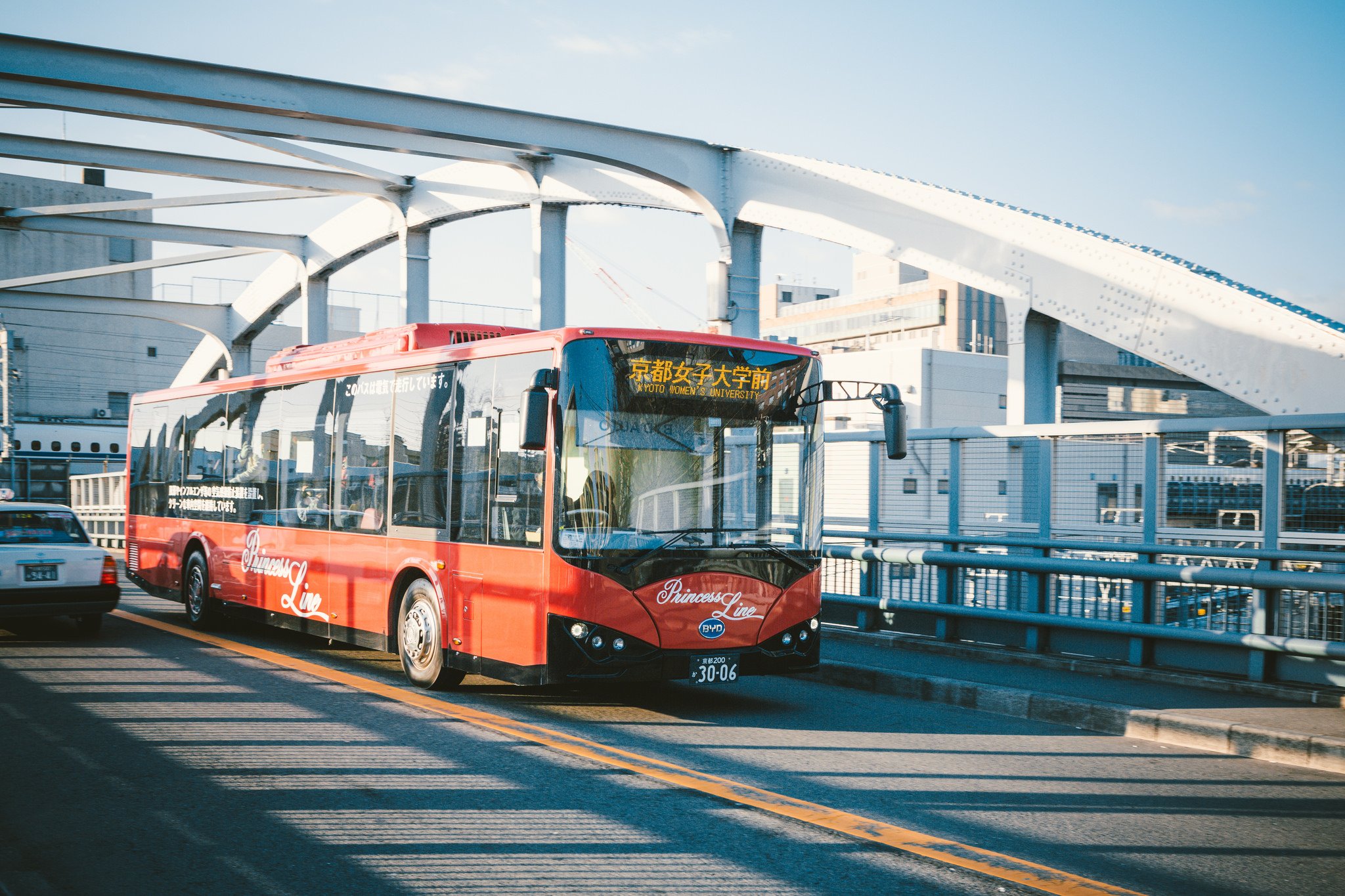
Public transit systems are another way that cities are limiting greenhouse gases from vehicles. By investing in high-speed rails, electric bus networks, and modernized subways, cities are able to both improve efficiency and cut down on pollution.
In Ethiopia, for instance, the first fully electric train system in Africa came online last year to connect major cities such as Addis Ababa and Djibouti.
Read More: Santiago Will Use Solar and Wind Power for Public Transit by 2018
At least 25 European cities have plans for electric bus systems by 2020.
Many cities clusters around the world have enacted or are exploring options for high-speed rails to create economic corridors that are sustainable.
Creating sustainable roofs
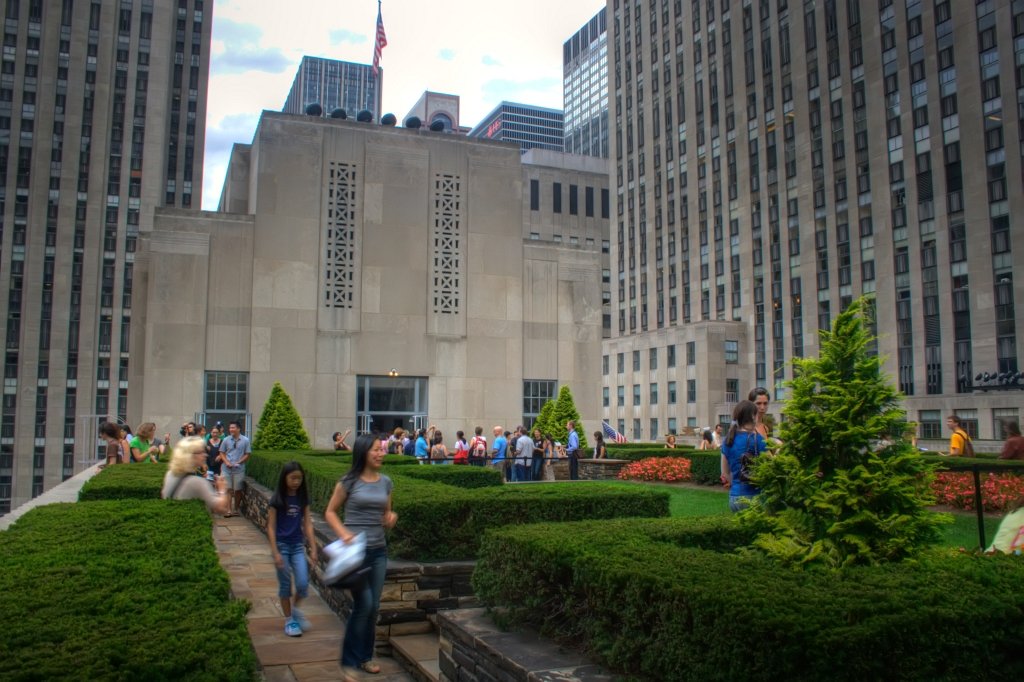
As cities expand, natural green space gives way to concrete, asphalt, glass, steel, and tar — all the materials that allow millions of people to cluster in a limited area.
This transition from a natural to a built environment creates what is known as the “urban heat island effect,” when buildings, streets, and other surfaces absorb and radiate the sunlight, rather than reflect it or use it for energy, causing the local environment to heat up by several degrees. In the summer, especially, this temperature increase can cause health problems and leads people to use more energy to cool their homes.
One way to mitigate this, cities have found, is to target the surfaces that are most exposed to the sunlight: rooftops.
For example, roofs painted white reflect the sunlight, cooling surfaces by as much as 54 degrees Fahrenheit, and bringing temperatures in the surrounding area down.
Rooftop gardens are even more effective because they bring the temperature down, provide shade, clean the air, and don’t just bounce sunlight back into the atmosphere, which could potentially disrupt precipitation patterns, and also retain heat in the wintertime, bringing heating bills down.
Solar rooftops are even better — they cool the roof and capture the sun’s light for energy.
Expanding green spaces
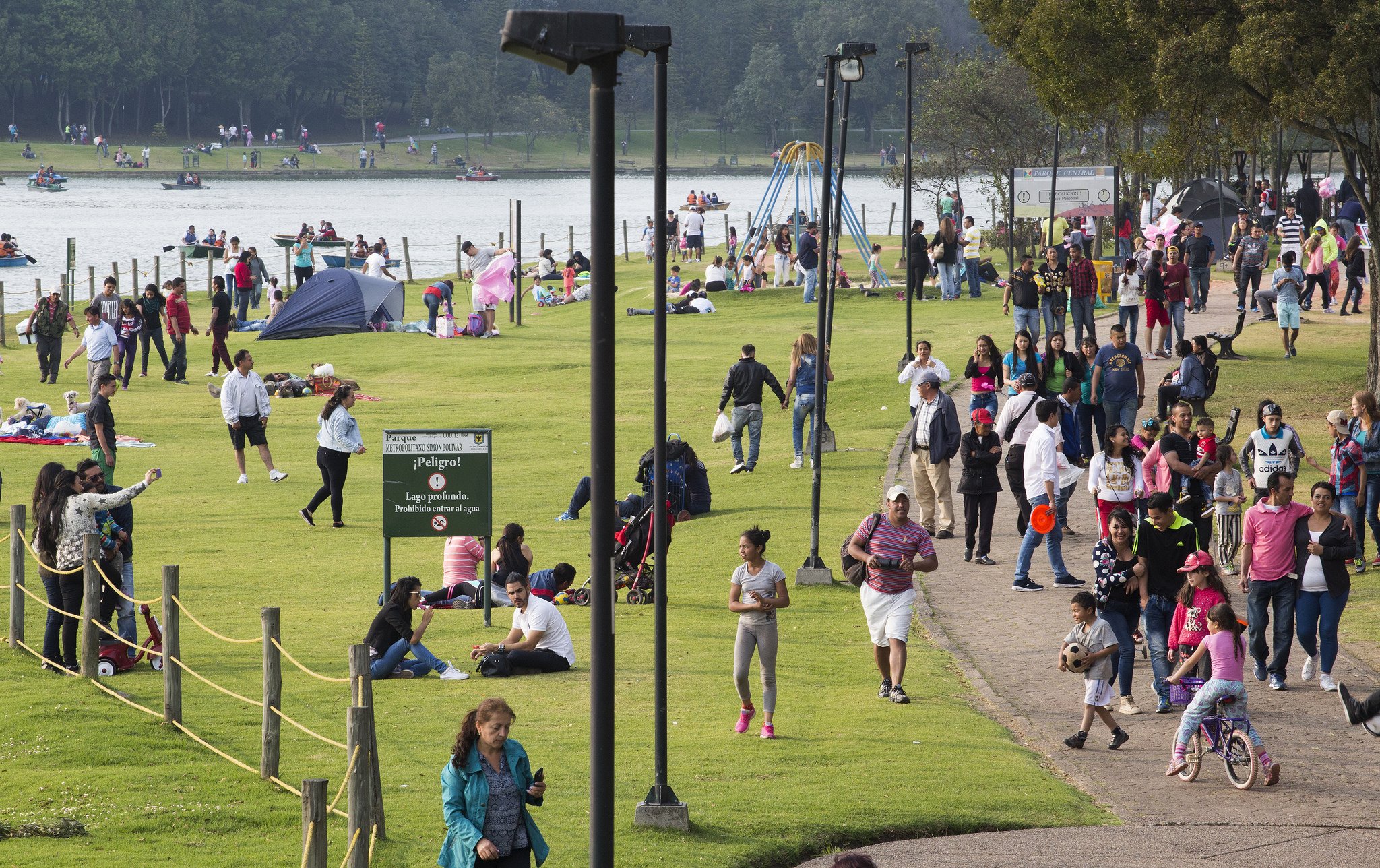
Similar to rooftop gardens, planting trees throughout neighborhoods and expanding parks can reduce the urban heat island effect, clean the air, and absorb greenhouse gas emissions.
Singapore, for instance, is one of the densest city-states in the world, yet its model of urban planning is unique for its emphasis on green spaces. The city has set aside 250 acres of real estate for an urban garden to act as the city’s lungs, created one of the largest freshwater urban reservoirs in the world, and planted more than 3 million trees throughout its neighborhoods.
Read More: London’s Mayor Just Promised to Make the City Zero-Carbon and 50% Green by 2050
Latin American cities have the highest ratio of green space to population, according to Siemens, while Vancouver mandated that no resident should live more than five minutes walking distance away from a public park.
Transforming the global energy grid

Cities account for about 75% of global energy demands, while holding about 55% of the world’s population, giving them leverage over the direction of utilities companies.
One way that cities are transforming the energy system is by shedding it entirely and starting anew. Initiatives like community solar and wind farms allow cities to completely bypass the traditional energy system grid with localized energy production.
Beyond that, cities can lobby to get utilities and governments to invest in large scale projects for renewable energy. In the US, for instance, many cities have pledged to go 100% renewable by 2050, spurring utilities companies to abandon plans for coal plants because they perceive it to no longer be viable.
Read More: This Brilliant Program Installs Solar Panels for Free for Low-Income Residents
Banning plastic

Between 1950 and 2015, 8.3 billion metric tons of plastic were produced, which is equal in mass to 1 billion elephants.
The vast majority of this plastic isn’t recycled. It ends up in landfills, oceans, green spaces, and elsewhere, where it pollutes ecosystems, harms animals, and contaminates drinking water. For many governments around the world, this blanketing of the planet is a tipping point — the convenience of plastic no longer seems worth the environmental consequences.
Read More: Can Cities Withstand More Storms Like Harvey and Hurricane Irma?
So efforts to ban plastic are taking off, largely driven by initiatives in cities. From Seattle to London to New Delhi, ordinances for banning plastic are gaining public support and leading to national bans and corporate reform.
Modernizing waste treatment
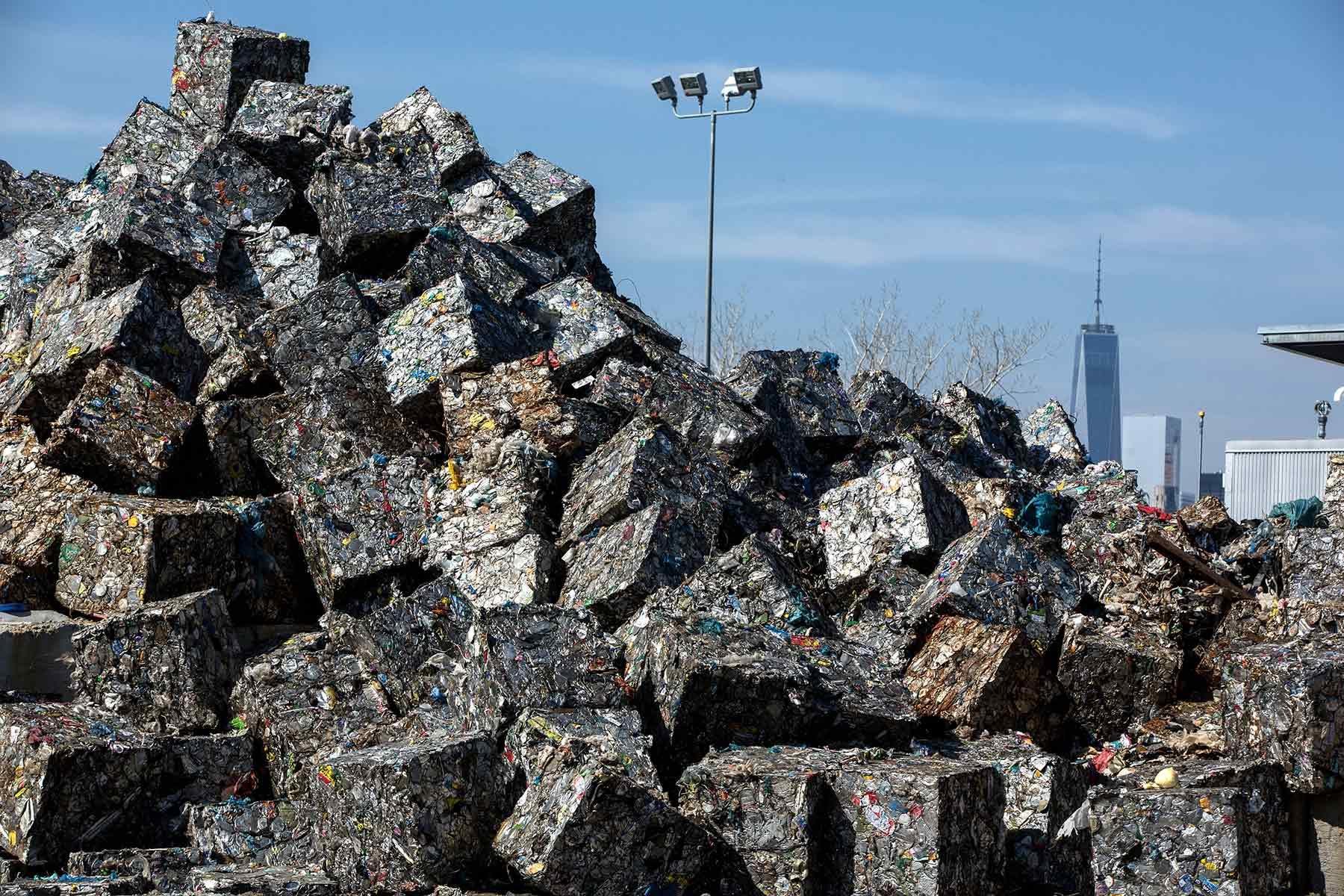
Through the combination of population density and commerce, cities produce most of the world’s waste and often fail to properly manage it. New York, for example, ships a significant portion of its waste to China; Cairo has a garbage city; and Lebanon nearly collapsed because of dysfunctional garbage collection.
This isn’t just a matter of cleanliness and order, either. Garbage is a major source of greenhouse gas emissions.
But cities around the world are finding solutions.
In Songdo, South Korea, for instance, garbage collection is controlled by an automated, underground system. Rather than have trucks ride around and sort trash (emitting carbon in the process), a person’s trash is sucked up by underground pipes and then is automatically sorted to be recycled, buried, or burned for energy.
Fortaleza, Brazil, has invested in carbon capture systems to prevent methane from rotting organic matter in landfills from reaching the atmosphere.
New York, for its part, plans to to send zero waste to landfills by 2030.
Global Citizen campaigns on the Global Goals, which call for robust climate change action. You can take action on this issue here.